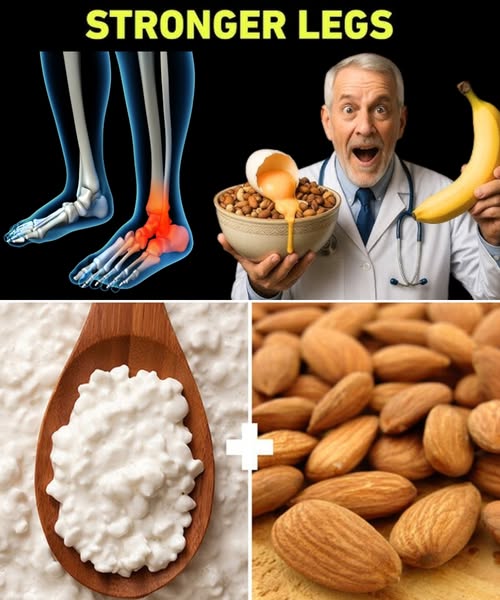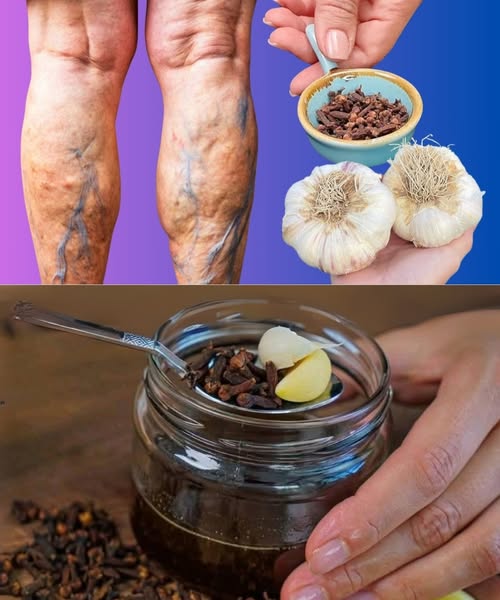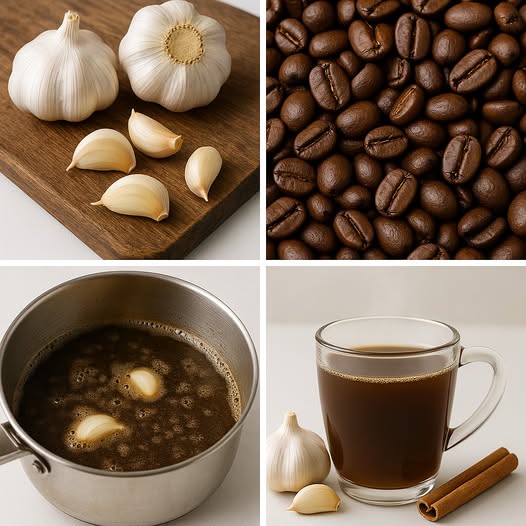Introduction: The Unspoken Pain of Aging Legs

Leg cramps are one of the most common complaints among seniors — and yet, they’re rarely talked about until the pain strikes in the middle of the night. One sudden, sharp spasm in the calf or thigh can leave a senior in agony, disrupt sleep, and even cause falls or anxiety around mobility. But here’s the good news: the right nutrition can make a dramatic difference.
In this blog post, we’ll uncover six powerful foods scientifically proven to help prevent leg cramps in seniors. These aren’t obscure health fads—they’re natural, easy-to-find, and surprisingly effective. We’ll also answer the most frequently asked questions about leg cramps in aging adults, share practical tips, and back everything up with relevant data and expert insight.
Ready to enjoy stronger, healthier legs—without the sudden cramping pain? Let’s dive in.
Why Seniors Experience Leg Cramps More Often
As we age, our bodies undergo changes that make us more vulnerable to muscle fatigue, dehydration, and mineral deficiencies—the top triggers of leg cramps.
According to the American Academy of Family Physicians, over 50% of adults over age 60 experience leg cramps, often at night. These cramps can stem from:
- Electrolyte imbalances (especially magnesium, potassium, and calcium)
- Poor circulation
- Medication side effects
- Dehydration
- Sedentary lifestyle or prolonged sitting
The key? Focus on targeted nutrition to fuel your muscles and reduce the frequency and intensity of cramps.
6 Must-Have Foods to Prevent Leg Cramps in Seniors
1. Bananas – The Potassium Powerhouse
Bananas are a well-known remedy for muscle cramps—and for good reason. One medium banana contains around 422 mg of potassium, which helps muscles contract properly and supports nerve signaling.
Why it’s great for seniors:
Potassium levels tend to decline with age, especially for those taking diuretics or medications for high blood pressure. Bananas help replenish this vital mineral, reducing muscle spasms naturally.
Quick Tip: Add sliced bananas to oatmeal or blend into smoothies for an anti-cramp breakfast.
2. Leafy Greens – Nature’s Magnesium Source
Spinach, kale, and Swiss chard are rich in magnesium, a key mineral that supports muscle relaxation. Magnesium deficiency is strongly linked to leg cramps, especially in older adults.
According to The Journal of Nutrition, seniors often consume 30–50% less magnesium than recommended. This shortfall can lead to involuntary contractions and nighttime cramping.
Why it’s essential:
Magnesium helps regulate muscle and nerve function, keeping your legs cramp-free and agile.
Quick Tip: Steam greens lightly and drizzle with olive oil and lemon juice for better absorption and taste.
3. Sweet Potatoes – Packed With Potassium and Complex Carbs
Sweet potatoes are not only delicious but also one of the richest potassium sources available—a single medium sweet potato contains 540 mg of potassium.
What sets them apart is the combination of potassium and complex carbohydrates, which support sustained energy release and muscle endurance.
Why seniors should eat them:
They support nerve function and help refuel muscles after activity or even mild walking—great for preventing cramps caused by fatigue.
Quick Tip: Bake or roast them as a side dish. They’re also excellent mashed or added to soups.
4. Avocados – Healthy Fats and Muscle-Loving Nutrients
Avocados are nutritional gold for seniors. Rich in magnesium, potassium, and healthy fats, they reduce inflammation and support muscle recovery.
One avocado contains around 975 mg of potassium, far exceeding that of a banana, and around 58 mg of magnesium.
Why they work:
These nutrients keep blood flowing smoothly and reduce the risk of nerve compression, which is often associated with nocturnal leg cramps.
Quick Tip: Mash avocados on whole-grain toast or blend into a heart-healthy smoothie.
5. Watermelon – A Juicy Hydration Hero
Dehydration is a leading cause of cramps in seniors. Watermelon, with its 92% water content, is a fantastic hydrating fruit that also provides L-citrulline, an amino acid that improves circulation.
In a study published in The Journal of Agricultural and Food Chemistry, athletes who consumed watermelon juice before intense exercise reported reduced muscle soreness and faster recovery.
Why it matters:
Hydration is crucial for muscle elasticity and proper function. Watermelon helps ensure your muscles stay hydrated and oxygenated.
Quick Tip: Snack on chilled watermelon cubes mid-afternoon or juice it for a refreshing drink.
6. Yogurt – Calcium and Probiotics for Muscle Control
Yogurt is more than just a calcium source—it’s a complete muscle-friendly food. Calcium aids in muscle contractions and nerve transmissions, while probiotics support gut health and nutrient absorption.
Many seniors, especially post-menopausal women, don’t get enough calcium, increasing the risk of both bone and muscle issues.
Why it’s beneficial:
Yogurt delivers bioavailable calcium and vitamin D, both crucial for neuromuscular health.
Quick Tip: Choose Greek yogurt for added protein and pair with berries and flaxseed for an anti-inflammatory punch.
Frequently Asked Questions About Leg Cramps in Seniors
What causes leg cramps in the elderly at night?
Nighttime leg cramps, or nocturnal leg cramps, are often triggered by electrolyte imbalances, inactivity, poor blood flow, or medications like diuretics and statins.
Are leg cramps a sign of something serious?
Occasional cramps are common, but frequent or intense cramps may signal circulatory issues, nerve problems, or a side effect of medication. Always consult your doctor if cramps persist.
Can dehydration cause leg cramps?
Absolutely. Dehydration can reduce blood volume and electrolyte levels, leading to muscle fatigue and cramping—especially in hot weather or after physical exertion.
How can seniors stop leg cramps immediately?
Try stretching the muscle, massaging it, or applying warm compresses. For chronic cramps, review medications and ensure adequate intake of potassium, magnesium, and fluids.
How much water should a senior drink per day to prevent cramps?
Most experts recommend 6–8 cups (1.5–2 liters) per day, but this varies depending on medications and health conditions. Water-rich foods like cucumbers and watermelon can also help.
Bonus Tips to Support Cramp-Free Muscles
While diet plays a major role, a few additional strategies can help seniors manage or eliminate leg cramps:
- Stay active with gentle exercises like walking or tai chi to improve blood flow.
- Stretch regularly, especially before bed.
- Wear compression socks if circulation is poor.
- Monitor medications with your physician for possible side effects.
- Limit alcohol and caffeine, which may contribute to dehydration.
Conclusion: Nourish Your Muscles, Reclaim Peaceful Nights
Leg cramps can steal rest, comfort, and even confidence from seniors. But the solution doesn’t lie in pills or expensive treatments—it’s right there on your plate. By incorporating these six anti-cramp superfoods, seniors can regain muscle control, reduce nighttime pain, and enjoy stronger, healthier aging.
Whether it’s adding a banana to breakfast or switching to sweet potatoes for dinner, these small changes lead to powerful results. Combine smart nutrition with hydration and gentle activity, and leg cramps will become a thing of the past.
Start today—and take one pain-free step at a time toward a more vibrant, cramp-free life.


